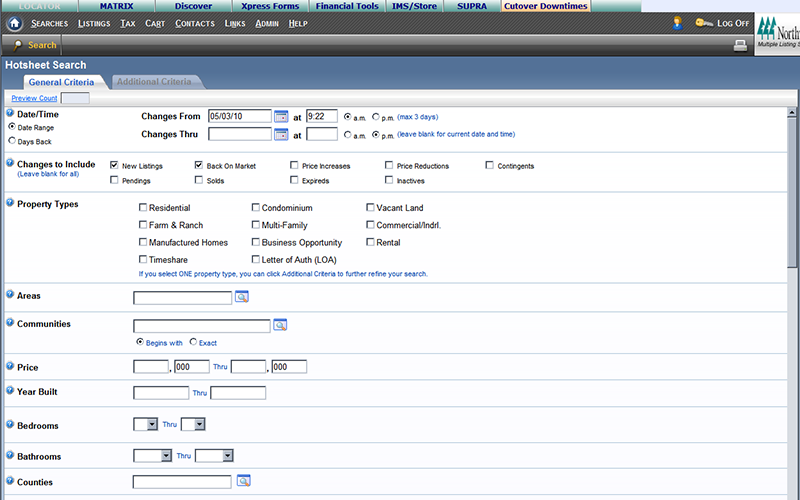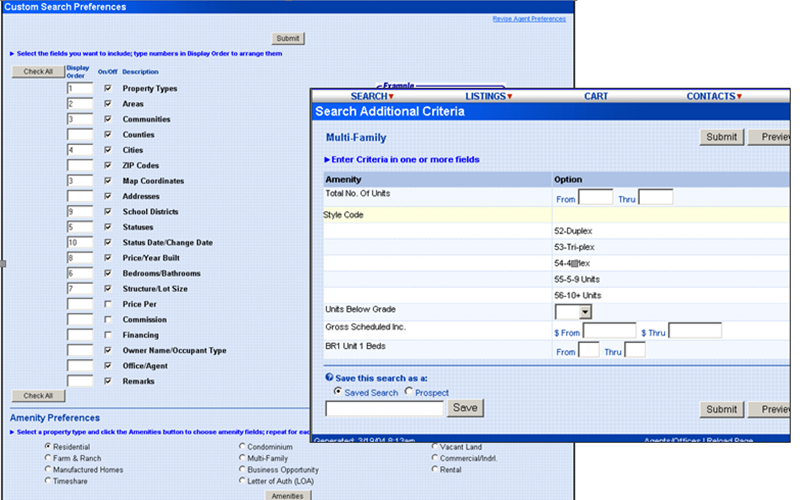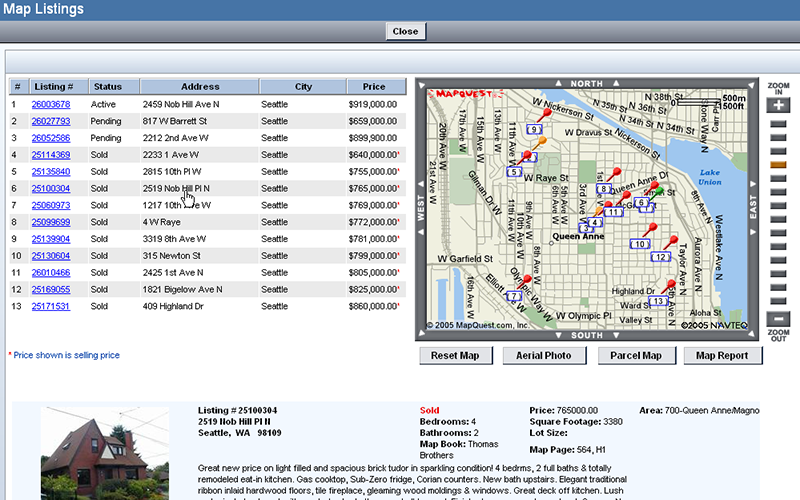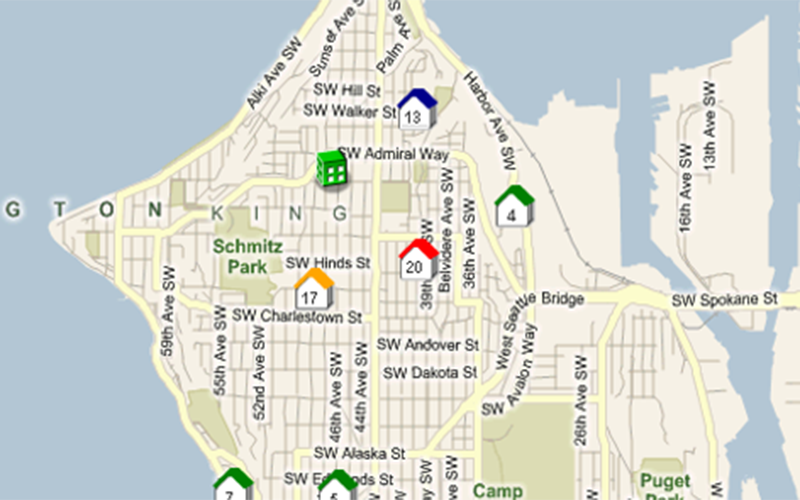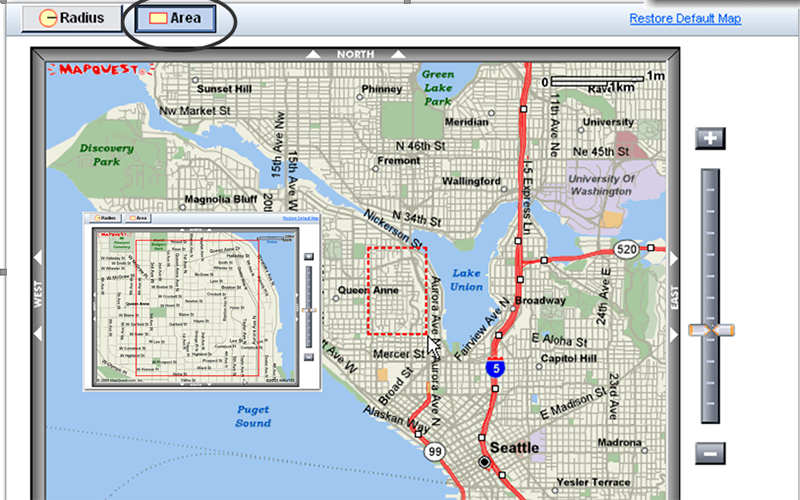Published on:
As NWMLS celebrates our 40th Anniversary in 2024, let’s take a look back at the evolution of how brokers advertised and searched for listings for their clients over the last four decades.
Prior to the 1980s
Before a database was available, MLS staff gathered paper copies of listing input sheets from member firms. The listings would be transcribed onto listing cards, which were stored at the MLS office and were copied to be shared back with member firms.
Early 1980s – “The Book”
The first MLS database was created, allowing the MLS to provide printed listing books to member firms each week. At this time, only MLS staff could input and search for listings.
MLS staff would collect new listings and changes on a daily basis, and the information was manually input into large terminals in the MLS data room. This data was transmitted to a Seattle-based company named International Graphics, and was compiled and printed on large presses to create “the book.”
Member offices would subscribe to receive printed books with active listings in six geographic areas. MLS route drivers would pick up the books from International Graphics each week and deliver them in-person to member firms.
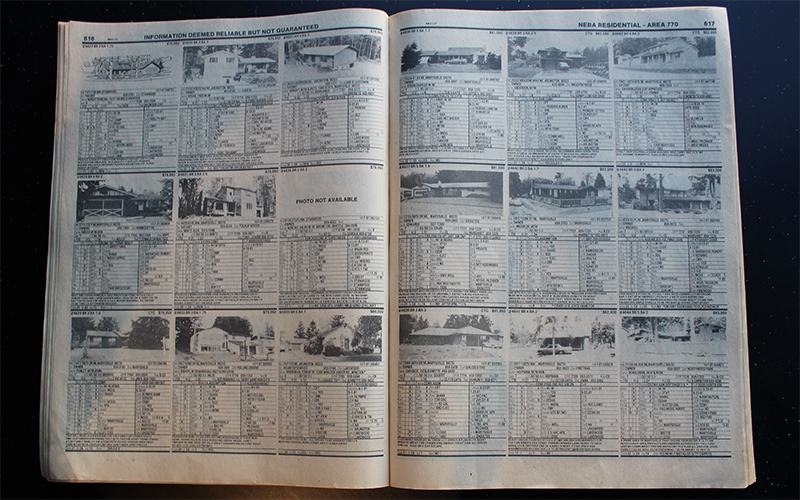
Because these books were only printed once per week, a supplemental packet of information called “The Daily Bulletin” was printed at the MLS and delivered to member offices each night by MLS route drivers. This ensured that all member firms were aware of new listings, price changes, open house information and important messages from the MLS.
Late 80s – Silent 700
Exciting new technology (the Silent 700 from Texas Instruments) was introduced, allowing brokers to print listing information themselves for the first time. Brokers could “plug” their landline telephone receiver into the Silent 700 computer with dial-up. Listing information was then transmitted over the phone and printed onto thermal paper via a modem.
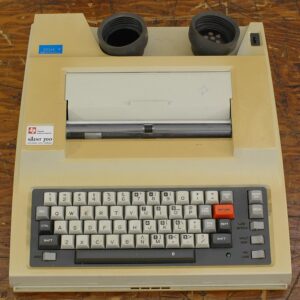
Early 90s – Latitude, RealTrieve MLS & SuperTrieve MLS
The first personal computers were introduced, and software programs were developed to view listing information. In 1992, an innovative mapping software program, Latitude, was developed by Northwest Geografx of Kirkland. Latitude was specifically designed to communicate with the MLS computers and listing database. The program showed homes on a colored map display and listed houses appeared as stars on the map. A broker could point to a listing’s star and pull up a window of information about the house.
Moore Data Business Systems purchased International Graphics (the company that compiled the listing data for the printed MLS books) and introduced RealTrieve MLS, another software program that allowed brokers to search through MLS listings on computers. Later, this system was updated to SuperTrieve MLS.
Fun Fact: Moore Data Business Systems eventually became CoreLogic, the company that provides NWMLS with Matrix and Realist.
To perform searches in RealTrieve MLS and SuperTrieve MLS, brokers needed to type in specific field codes and values. A laminated card was created and distributed to members with all of the field codes for easy reference.
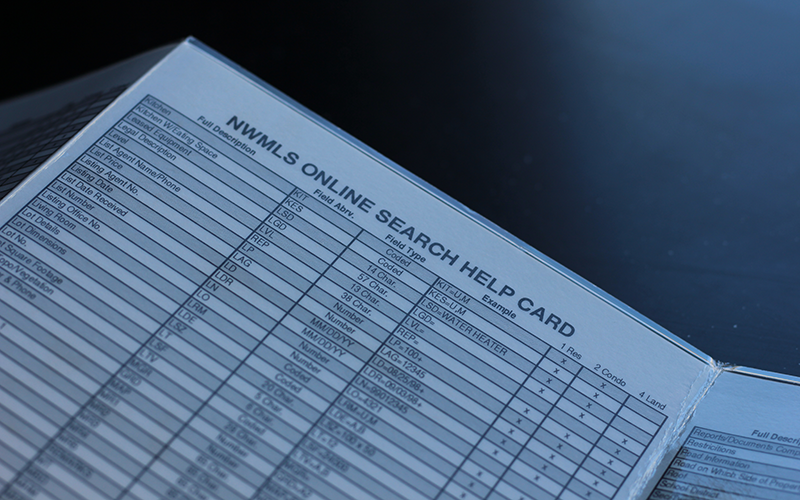
Example
To search for a three plus bedroom, 1.75 plus bathroom home in North Kirkland with a listing price of $100,000 – $300,000, brokers would need to key in the following:
BR=3+
BTH=1.75+
AR=600
LP=100-300
Mid 90s – Surveyor
Surveyor was introduced, giving brokers access from any location with a phone line using any modem-equipped laptop or computer with internet access! NWMLS (named PSMLA at this time) was one of the first MLSs to have listings on the internet.
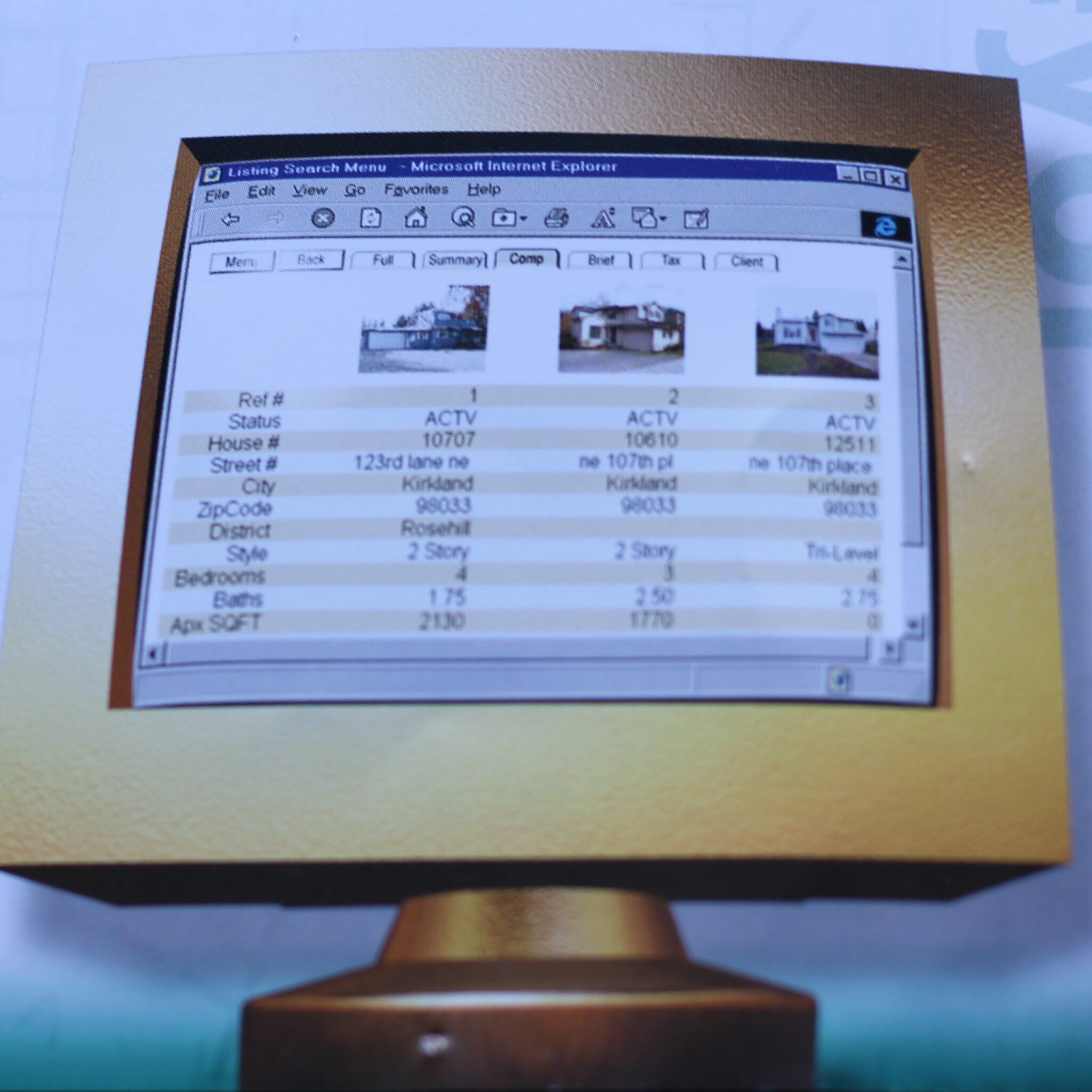
1996 – First Public-Facing Listing Search
NWMLS launched NWRealEstate.com, one of the first public-facing websites for consumers to access MLS listings. When clicking on the map, a list of properties came up that showed all of the public-facing listing information, including one photo of the home.
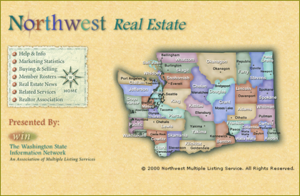
Mid to Late 90s – Compass
Compass gave brokers the ability to perform a map search for specific locations using area designation maps books, such as the Thomas Guide. Brokers could enter the Map Page and Grids into their search, such as (Map=506 GRD=A1-A5) or, when a neighborhood straddled two pages, brokers could use operators to link them, such as (Map=506 AND GRD=F1-F5) OR (Map=506 AND GRD=A1-A5).

Early 2000s – Locator
Locator was introduced and used in conjunction with Compass for several years while brokers learned how to use all of its advanced features. Searching became much easier with drop-down menus and checkboxes, allowing brokers to enter their search criteria without the need for field codes. Brokers were able to save searches, create custom searches, and search marketing remarks.
Mid 2000s – Additional Upgrades to Locator
Upgrades to Locator included a convenient online interactive map search, which gave brokers the ability to interact directly with the map rather than having to enter specific map book parameters. There was also access to an integrated tax database, integrated parcel mapping, hot sheets prospecting, open house information, statistics, and additional reports.
2010 – Matrix
Matrix was introduced, which processed searches with lightning-fast results. New auto-email features allowed brokers to set up a search for clients, with a choice to review listings before sending, or have the results delivered directly to their inbox.
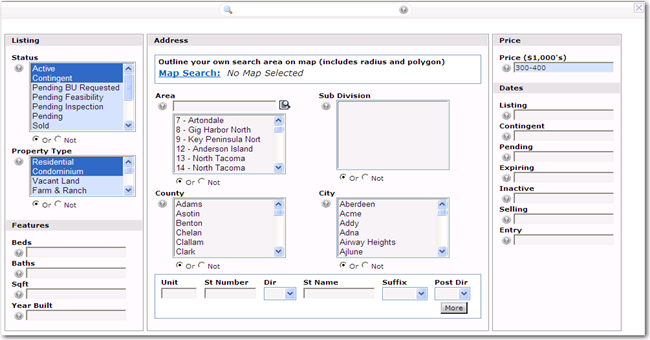
The map search became even more intuitive with the option to draw a custom search outline on the interactive map to find all the listings in a specific location.
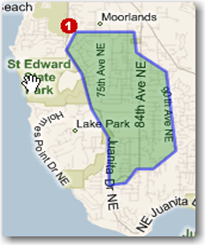
2012 – NWMLS on the Go!
NWMLS provided its first mobile app, HomeSpotter, allowing brokers to quickly navigate Matrix using an iPad, iPhone, or Android device. The app was fully integrated with Matrix, and gave brokers access to saved searches, contacts, carts, and the ability to use their mobile device’s GPS to search for listings while on the go! Brokers could share a branded version of the app with clients, allowing them to search for properties and message their broker directly through the app.

2019 – Matrix 360, Public Records Search
An upgraded version of Matrix was launched, called “Matrix 360,” which integrated listing data with the public records and tax data from Realist to provide a 360-degree view of properties. Brokers could now search for unlisted properties using the Public Records search option and use the “360 Property View” display to see listing data, tax information, history, and more. Matrix was also upgraded in 2019 to display up to 40 photos per listing.
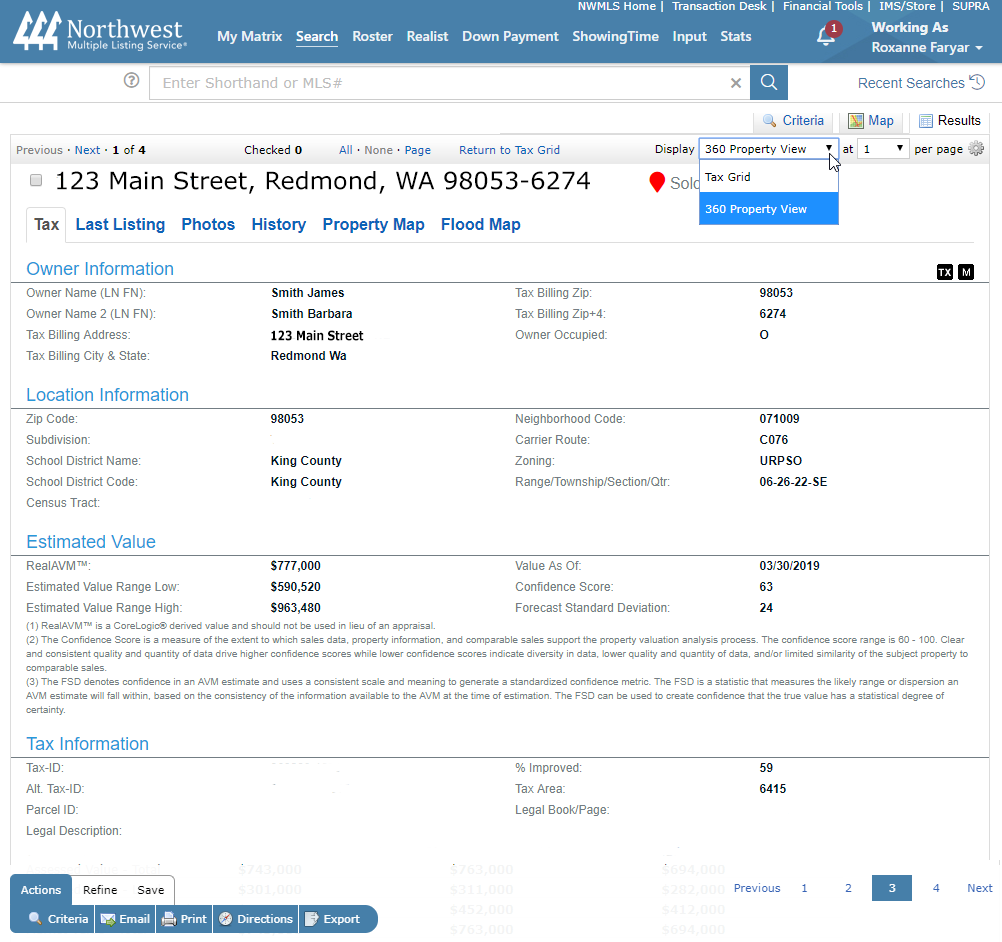
2021 – OneHome Client Portal
A brand-new client portal, OneHome, was introduced. Using the latest technology to offer a better browsing experience, OneHome offered valuable insights about client activities, and brokers could provide clients with an instant text/SMS notification when they received new or updated listings in OneHome.
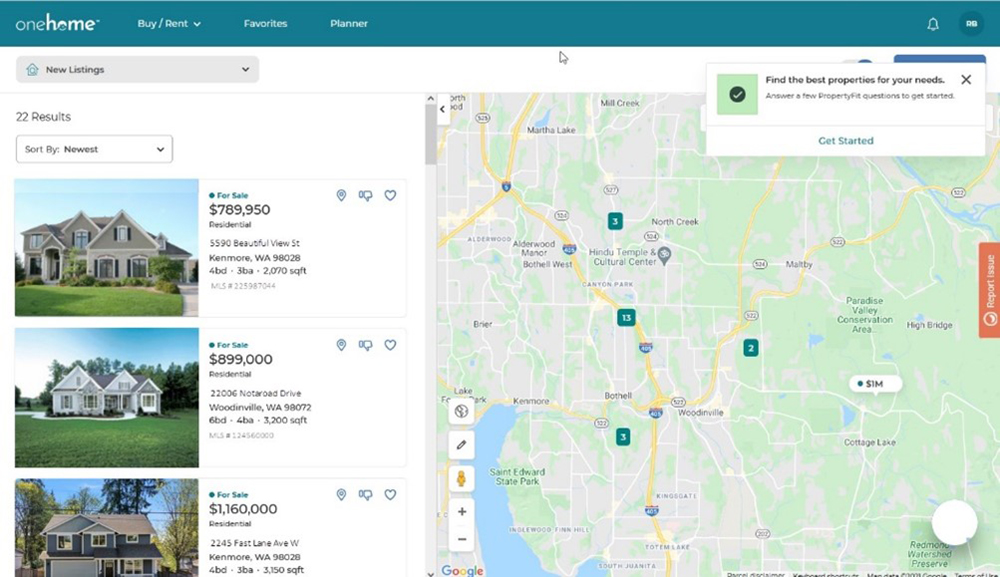
2023 – New Public-Facing Listing Search
NWMLS launched a new public-facing listing search to replace NwRealEstate.com. Consumers can now search for all active NWMLS listings by clicking on the “Search Listings” button on the nwmls.com home page.
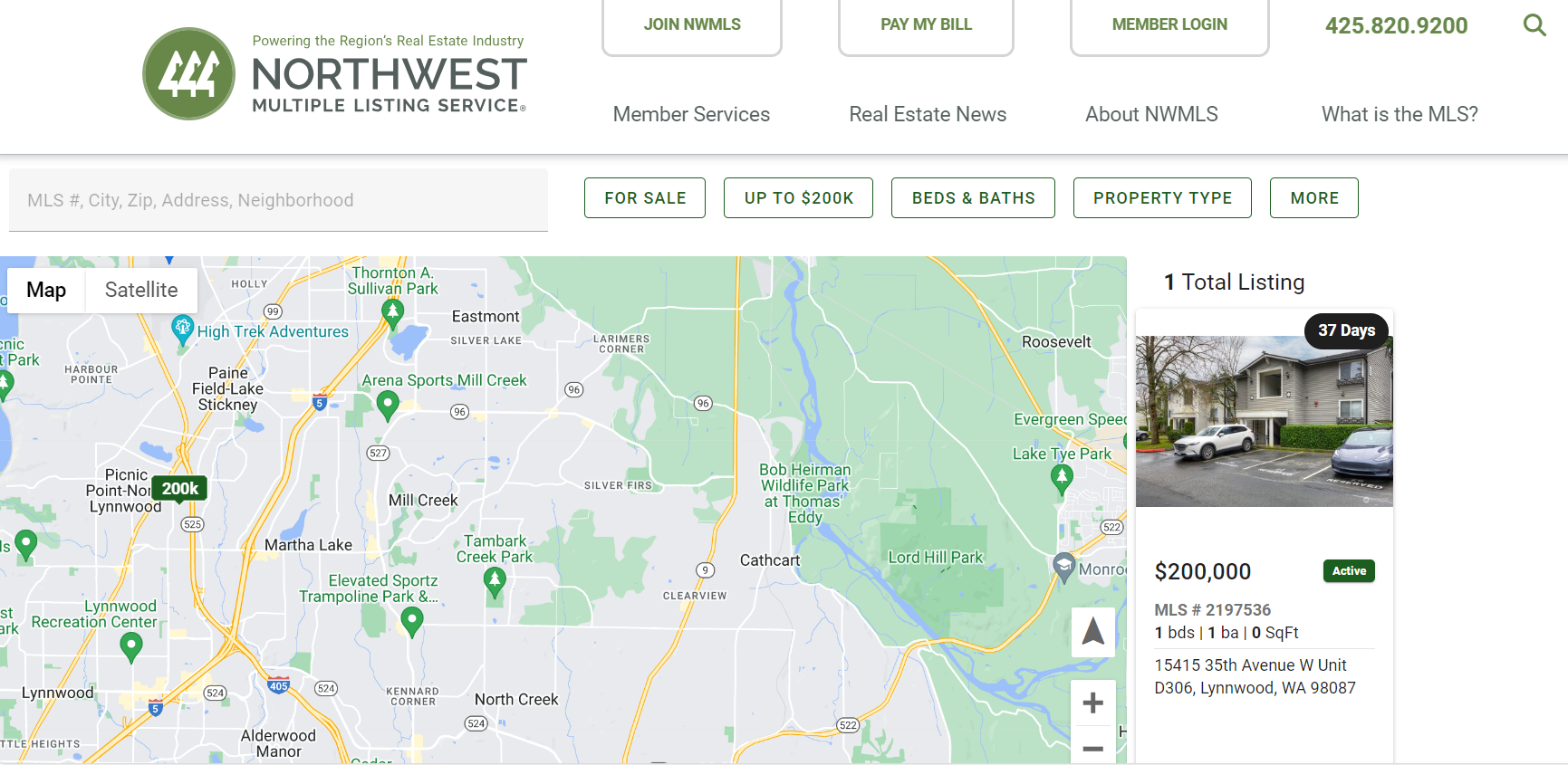
2023 – Northwest MLS Mobile App
The NWMLS mobile app is fully integrated with Matrix and OneHome and offers powerful search tools, listing and showing details, property history, and comparables. Advanced features include hotsheets, market statistics, Realist tax data and property/parcel lines. The consumer version of the app offers the same search features and allows brokers to communicate with their clients and track their activities, all from the convenience of a mobile device!
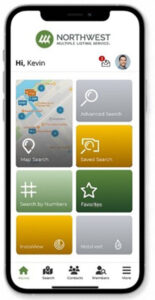
2024 and Beyond
Over the last four decades, NWMLS has been committed to embracing new technology that makes searching for homes faster and easier for our members. We are continuously reviewing existing products and tracking new and advanced technology (e.g., Artificial Intelligence (AI)) to ensure our membership has access to an array of products, services, and support to help them deliver an exceptional experience to their clients.
